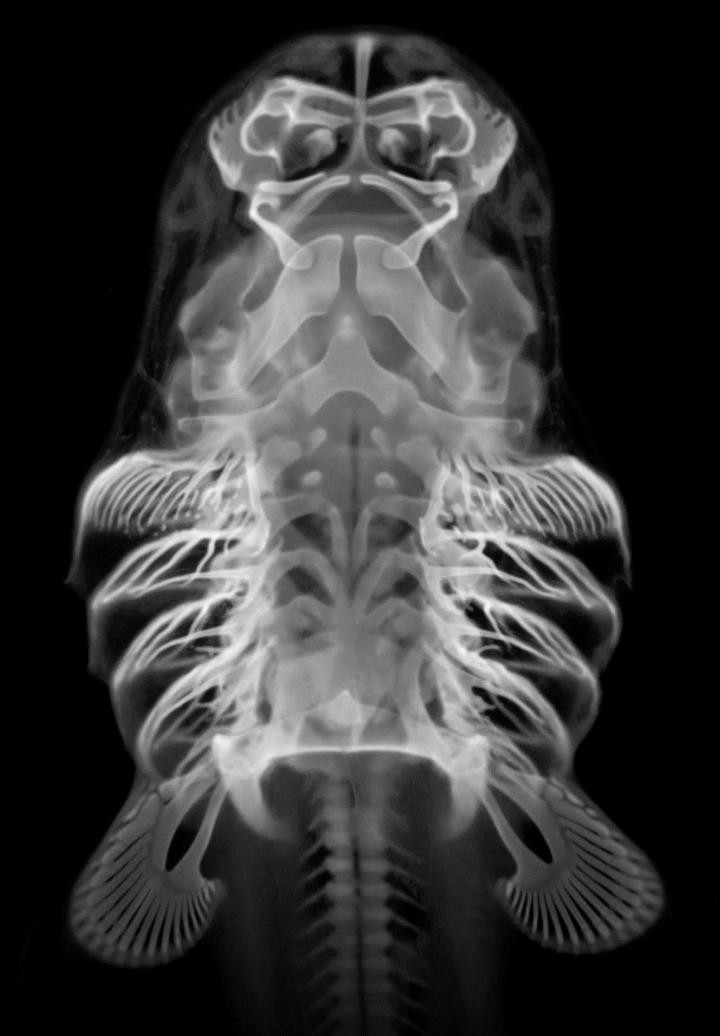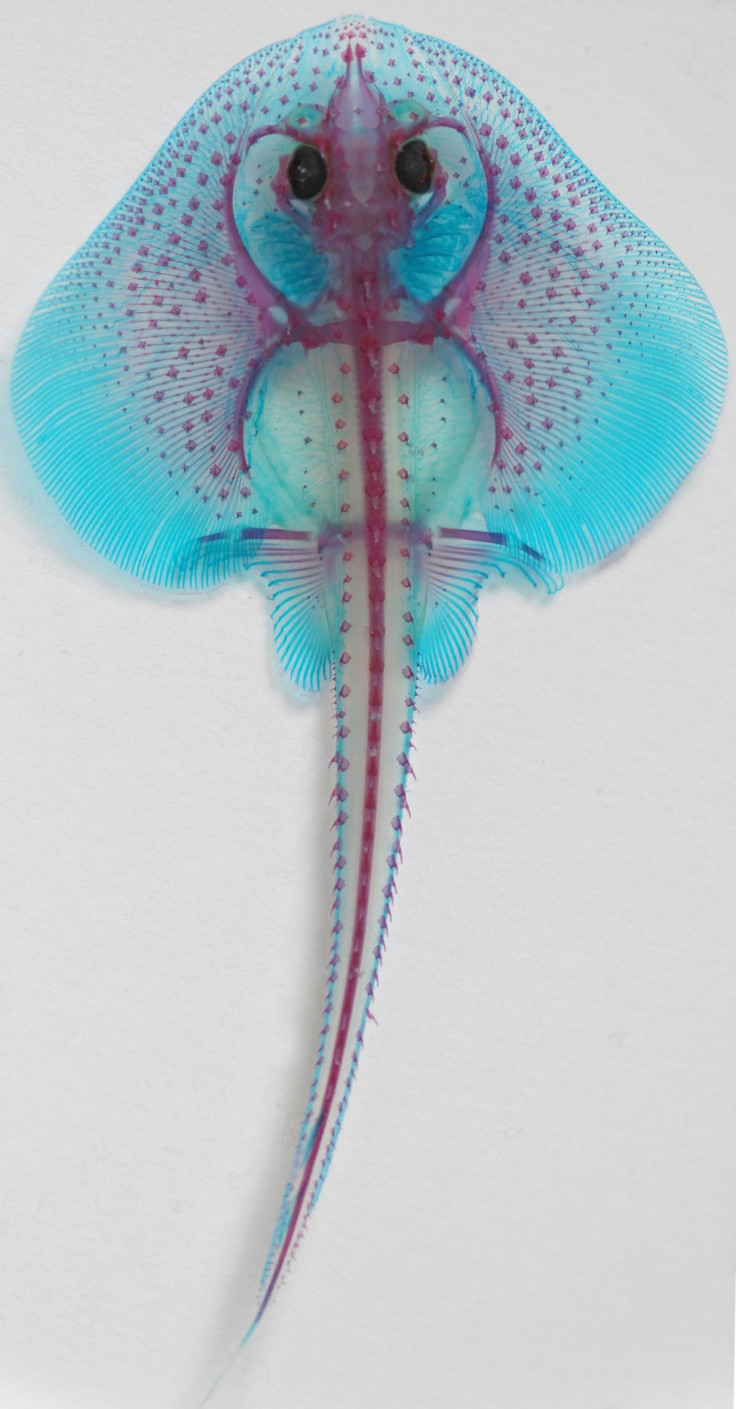Human limbs 'came from gills': Sonic hedgehog gene discovery backs controversial theory of evolution

Human limbs may have evolved from shark gills, a study suggests. Researchers have discovered the same gene that allows limbs to develop is also responsible for the development of gills – potentially providing evidence to support the limb-evolution theory first proposed 138 years ago.
In 1878, anatomist Karl Gegenbaur suggested that paired fins and limbs evolved from the gills of cartilaginous fish – including sharks and bottom-dwelling skate – whose skeleton is composed of cartilage. Their gills have skin flaps for protection, which are supported by cartilage with finger-like appendages, known as branchial rays. Gegenbaur believed human limbs evolved from branchial rays, but it was widely criticised as no fossil records supported this.
Researchers from the University of Cambridge investigated whether the gene which helps develop limbs in humans has a similar function in cartilaginous fish. The gene, named "Sonic hedgehog", differentiates each finger/toe in humans, and maintains growth of the limb skeleton. They inhibited the gene in skate embryos at different points in their development, to see if their branchial rays formed differently.
They found that when the gene was inhibited in the early stages of development, the skate's branchial rays formed on the wrong side of the gill cartilage. When it was inhibited at the end of their development, the branchial rays were formed in the correct place, but were far less abundant. The study was published in Development.

The scientists say this could mean Gegenbaur's theory was correct, and human limbs evolved from gills. Andrew Gillis, leader of the research, said: "Taken to the extreme, these experiments could be interpreted as evidence that limbs share a genetic programme with gill arches because fins and limbs evolved by transformation of a gill arch in an ancestral vertebrate.
"However, it could also be that these structures evolved separately, [and] reused the same pre-existing genetic programme. Without fossil evidence this remains a bit of a mystery – there is a gap in the fossil record between species with no fins and then suddenly species with paired fins – so we can't really be sure yet how paired appendages evolved."
The team plans to continue studying the function of developmental genes in skates. "What we are learning is that many novel features may not have arisen suddenly from scratch, but rather by tweaking and re-using a relatively small number of ancient developmental programmes," said Gillis.
© Copyright IBTimes 2025. All rights reserved.






















